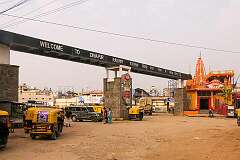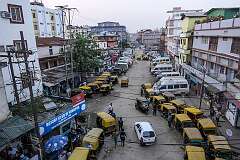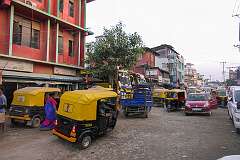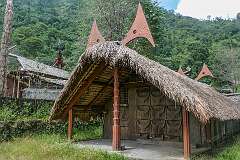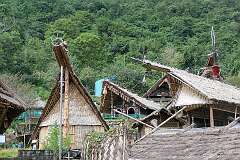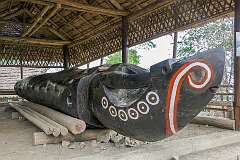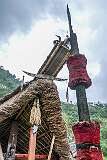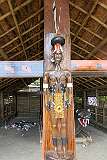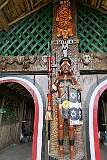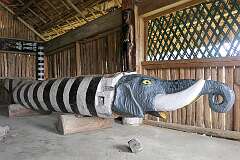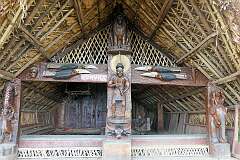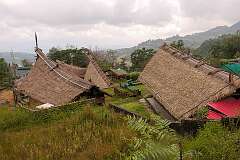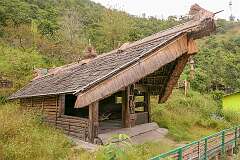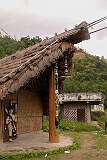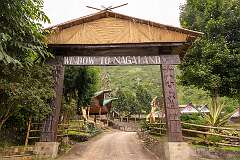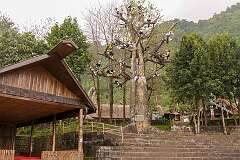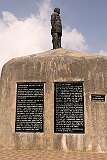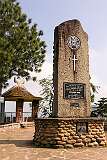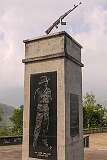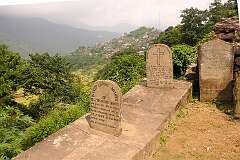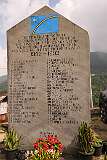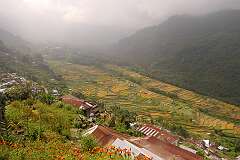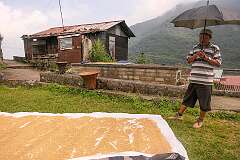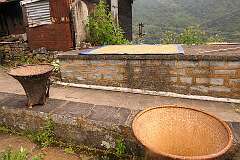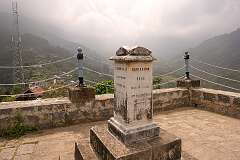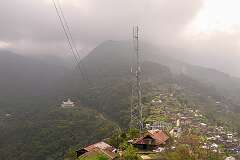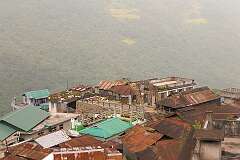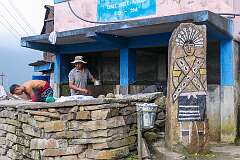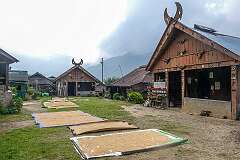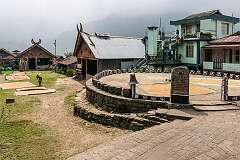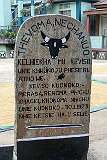Dimapur and traditional villages in south Nagaland
10-15 October 2023
Dimapur, the largest city in Nagaland, has a history dating back to the 14th–16th centuries, when it served as the capital of the Kachari (Dimasa) Kingdom. During the British period, Dimapur became an important administrative and transport hub. Today, it remains Nagaland’s commercial gateway, with rail and air links connecting the state to Assam and the wider region. Its bustling markets, mixed communities, and historical ruins make it a unique blend of ancient heritage and modern urban life.
In the nearby hills lie two of Nagaland’s most culturally significant villages. Kisama Heritage Village, located near Kohima, is the cultural heart of the annual Hornbill Festival of Nagaland. Designed as a living museum, it brings together traditional morungs (youth dormitories) and house models representing all major Naga tribes, each showcasing unique architectural styles, carvings, and symbolic motifs. Kisama offers visitors an immersive introduction to Naga heritage, providing a vivid window into the state’s tribal diversity, artistry, and communal traditions amid a picturesque hill setting.
Khonoma, often called India’s first “green village,” is an Angami Naga settlement renowned for its centuries-long resistance to British forces and pioneering conservation efforts. Terraced fields, stone fortifications, and traditional wooden houses reflect both its history and sustainable lifestyle.
In the nearby hills lie two of Nagaland’s most culturally significant villages. Kisama Heritage Village, located near Kohima, is the cultural heart of the annual Hornbill Festival of Nagaland. Designed as a living museum, it brings together traditional morungs (youth dormitories) and house models representing all major Naga tribes, each showcasing unique architectural styles, carvings, and symbolic motifs. Kisama offers visitors an immersive introduction to Naga heritage, providing a vivid window into the state’s tribal diversity, artistry, and communal traditions amid a picturesque hill setting.
Khonoma, often called India’s first “green village,” is an Angami Naga settlement renowned for its centuries-long resistance to British forces and pioneering conservation efforts. Terraced fields, stone fortifications, and traditional wooden houses reflect both its history and sustainable lifestyle.







